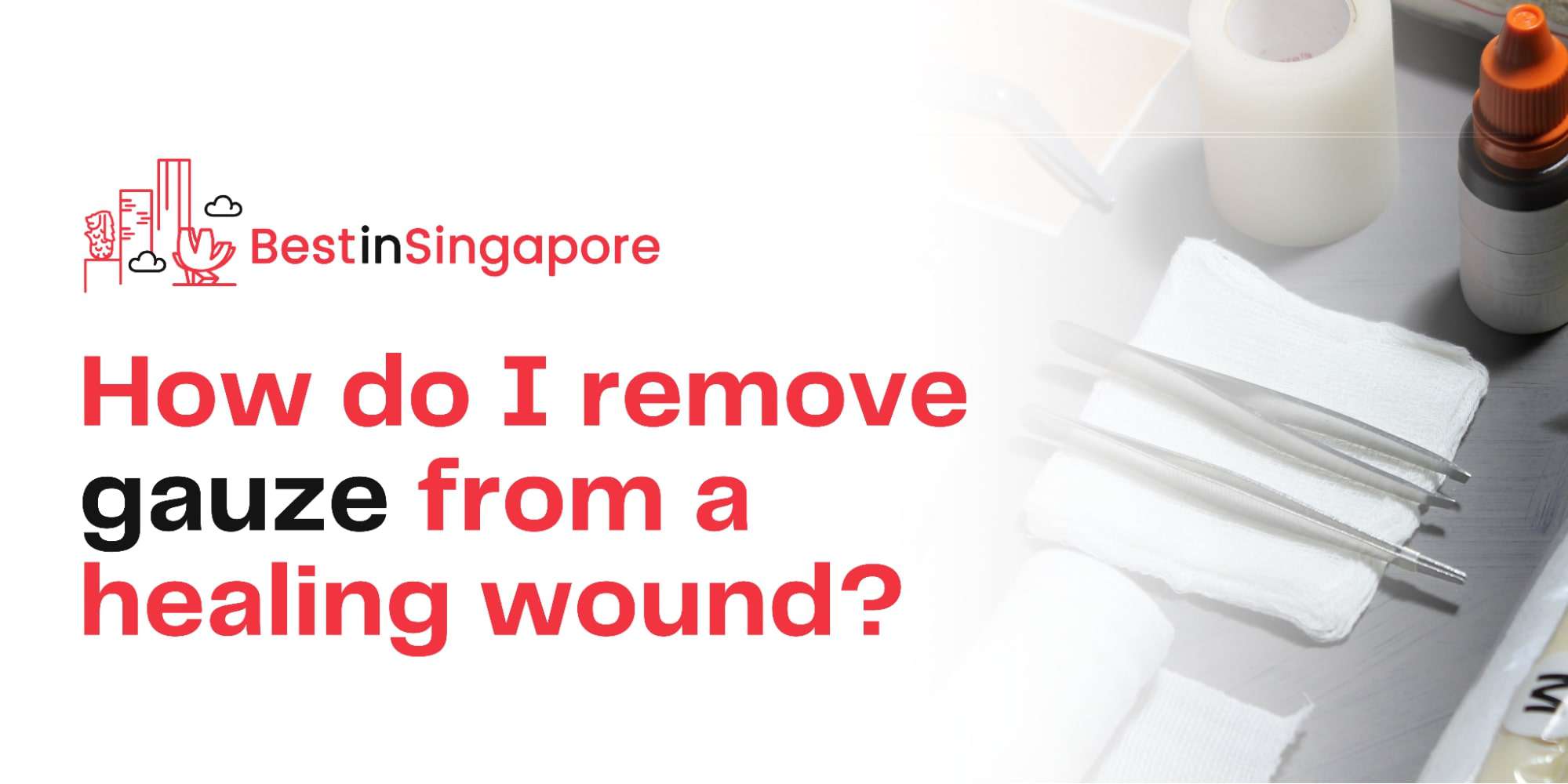A Quick Guide to Removing Gauze that Sticks to Wounds
Taking off a bandage from a healing wound can be painful. They say it’s best to just rip it off just to get it done with, but medical experts say patience is actually the key.
In this quick guide, we’ll show you how you can remove gauze that’s stuck to your wound and which alternative dressings to use in the future to avoid this.
Why Gauze Isn’t Ideal for a Healing Wound
For a wound to heal properly, new skin cells need to freely move across a wound’s surface. Sufficient moisture is needed to do so.
That’s why using gauze to cover a healing wound isn’t ideal. It dries up the wounded area and sticks to the wound, blocking the free flow of collagen and other substances involved in cellular repair.
Removing dry gauze immediately can pull off the scab and the new skin cells repairing the wound, thus reopening the wound and causing pain.
WoundSource lists some undesirable effects of removing dry gauze from a healing wound:
- Bleeding
- Tissue re-injury
- Open wound exposure to bacteria in the air
How do I remove gauze from a healing wound?
- Wash and disinfect your hands properly.
- Gently take off the tape from your skin.
- Wet the gauze with olive oil or normal saline for 30 minutes to an hour. If you still feel resistance when you try to remove the gauze, soak it a little longer.
Remember to change your bandage regularly to help keep your wound clean and reduce the chances of scarring.
If your wound leaves a scar and you want to remove it, a pigmentation treatment, such as chemical peel or dermabrasion, may help.
Why use olive oil and normal saline to wet gauze?
Using olive oil is a traditional wound treatment. Olive oil is a safe, alternative wound cleanser because it has antiviral, antioxidant, anti-inflammatory, and antibacterial properties.
Meanwhile, using normal saline is the medically preferred way to clean non-infected wounds.
Saline is a solution made up of salt and water. Normal saline, specifically, has 0.9 grams of salt per 100 ml of the mixture.
Why this specific amount of salt? Because this is roughly the same concentration of salt found in our bodily fluids, such as blood.
Because it has a similar composition to our bodily fluids, it won’t disrupt the healing process.
You can make saline at home, but we recommend you purchase normal saline at your local pharmacy.
Alternative Non-Stick Dressings
To avoid dressing sticking to your wound in the future, you may use the following:
- Mepilex: This is a brand of dressing made up of a soft foam pad that cushions and helps maintain the moisture in the wounded area. It also has silver inside the pad that acts as an antibacterial agent.
- Hydrocolloid: A hydrocolloid bandage absorbs the fluid that leaks out of a wound and forms a hydrated gel to keep the right amount of moisture around the wound.
Its adhesive edges keep bacteria and other contaminants from entering the wound.
We hope this info helps make bandage removal pain-free for you. If you need further medical help, check out the resources below.


